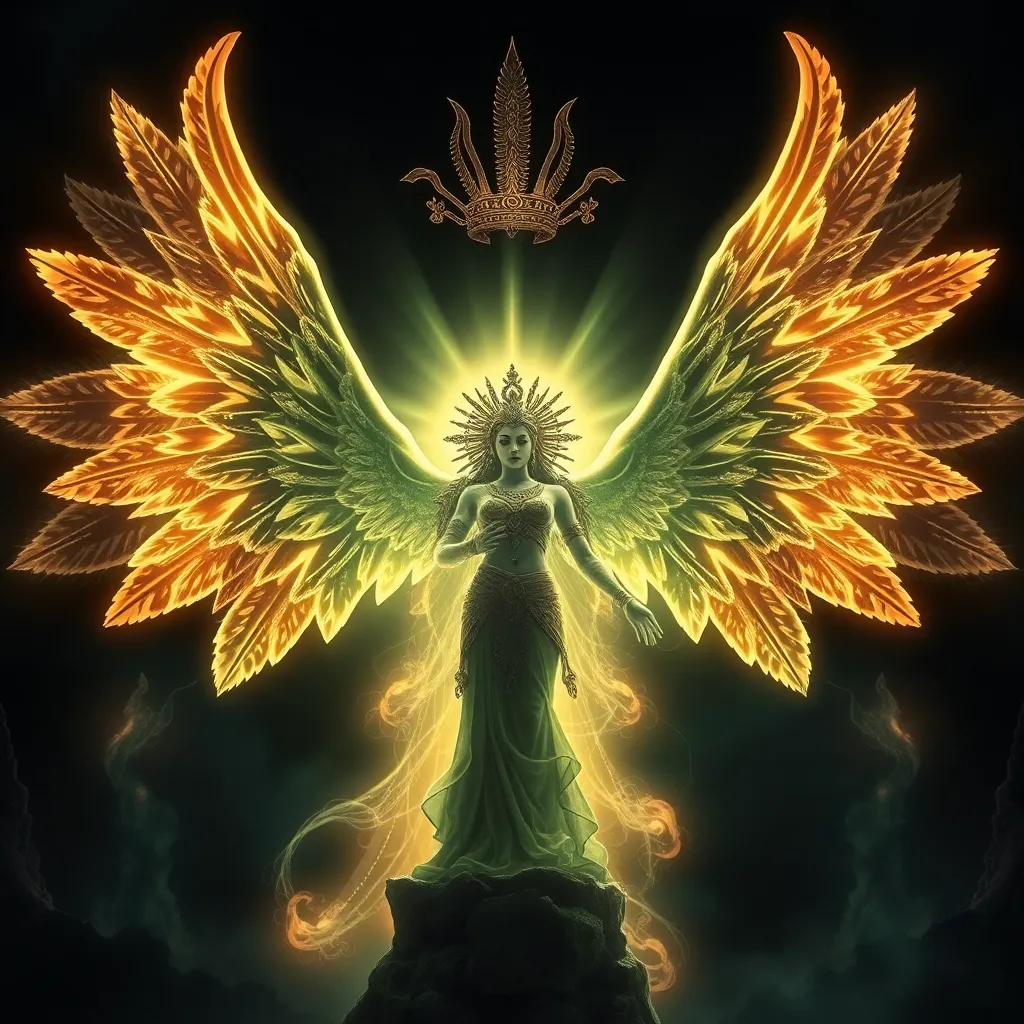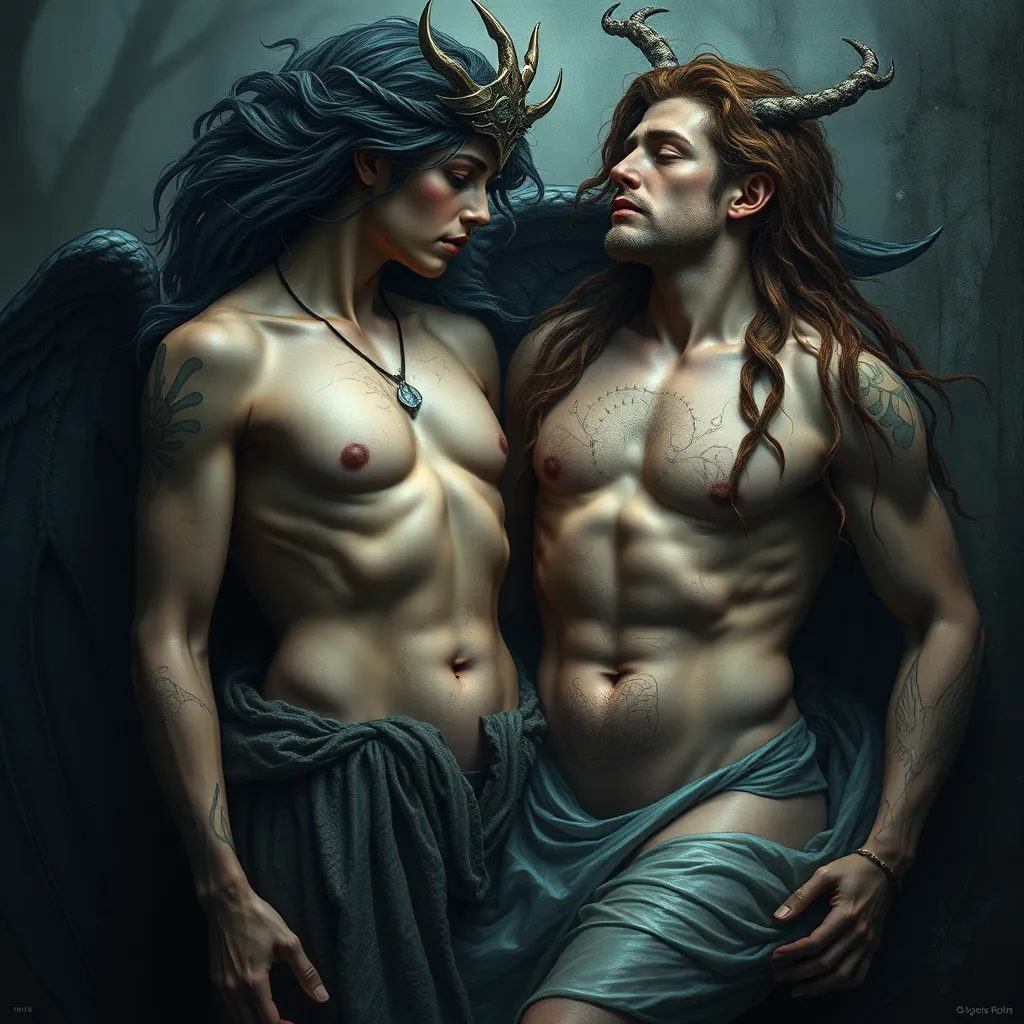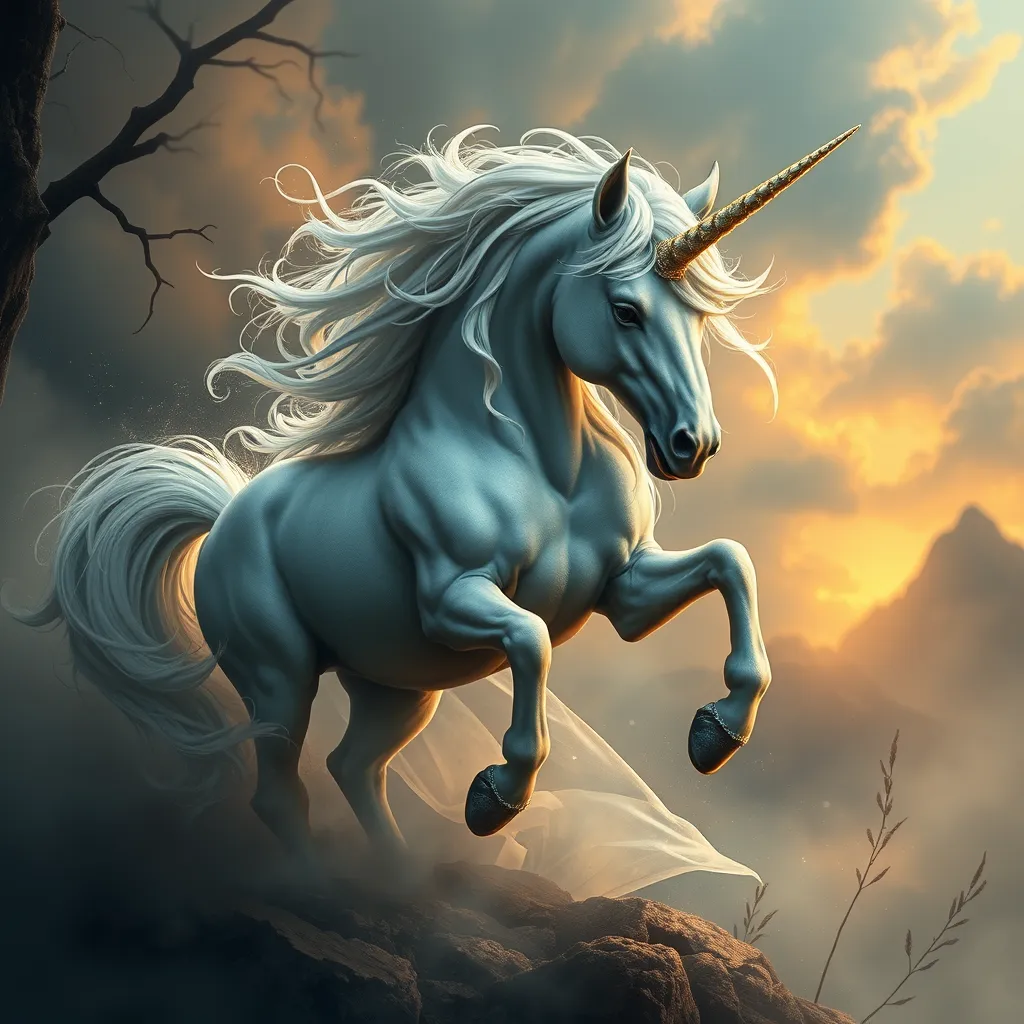The Feminine Divine: Exploring the Power of the Goddess in Aztec Mythology
I. Introduction
The concept of the Feminine Divine encompasses the various manifestations of female divinity, power, and authority within different cultures. In Aztec mythology, goddesses played a vital role, reflecting the complexities of femininity, fertility, and the duality of life and death.
Understanding the importance of goddesses in Aztec culture is crucial to grasp the broader implications of their mythology. This article aims to explore the roles, symbolism, and cultural significance of the feminine divine within Aztec civilization while providing a structured analysis of major goddesses and their attributes.
II. Historical Context of Aztec Mythology
The Aztec civilization, which flourished in Mesoamerica from the 14th to the 16th centuries, was renowned for its rich cultural heritage and complex social structure. Centered around the Valley of Mexico, the Aztecs developed a sophisticated society with advancements in agriculture, architecture, and the arts.
Mythology played an integral role in Aztec society, serving not only as a means of understanding the world but also as a framework for social organization and religious practices. Female deities were particularly significant, embodying various aspects of life, nature, and the universe.
Female deities in Aztec mythology were involved in cultural practices ranging from agriculture to war, showcasing their multifaceted roles within the community.
III. Major Goddesses in Aztec Mythology
Several goddesses stand out in Aztec mythology, each representing different elements of life, creation, and femininity:
A. Coatlicue: The Earth Goddess and Mother of Gods
Coatlicue, often depicted as a woman with a skirt made of snakes, symbolizes the earth and motherhood. As the mother of gods, including Huitzilopochtli, she represents the cycle of life, death, and rebirth.
B. Tonantzin: The Divine Mother and Fertility Goddess
Tonantzin, whose name means “Our Revered Mother,” embodies fertility, nurturing, and the earth’s bounty. She is often associated with the cultivation of maize, a staple in Aztec society, and is revered for her protective qualities.
C. Tlazolteotl: The Goddess of Purity and Fertility
Tlazolteotl is a complex deity associated with both purification and sexuality. She represents the dual nature of femininity, being both a goddess of love and a figure of moral cleansing.
D. Xochiquetzal: The Goddess of Love and Beauty
Xochiquetzal, often depicted as a beautiful young woman adorned with flowers, embodies love, beauty, and the arts. She is seen as a protector of women and is associated with fertility and the joys of life.
IV. Symbolism and Attributes of Aztec Goddesses
Aztec goddesses are rich in symbolism, reflecting the complexities of their narratives and attributes:
- Common Symbols: Many goddesses are associated with specific symbols, such as:
- Coatlicue – Snakes and skulls
- Tlazolteotl – White and black colors representing purity and sin
- Xochiquetzal – Flowers and butterflies
The duality of these goddesses highlights their roles in both creation and destruction. For instance, while Tlazolteotl purifies, she also embodies the complexities of human desire and sin. This duality is prevalent in Aztec art and iconography, where goddesses are often depicted in ways that invite both reverence and fear.
V. The Role of Goddesses in Aztec Society
The influence of goddesses permeated various aspects of Aztec life:
- Daily Life and Rituals: Goddesses were invoked during agricultural rituals, marriage ceremonies, and healing practices.
- Warfare and Protection: Deities like Coatlicue provided protection to warriors, illustrating the connection between femininity and strength.
- Female Power: The veneration of goddesses underscored the importance of female power in both domestic and public spheres.
VI. Myths and Legends Featuring Aztec Goddesses
Many myths highlight the power of the feminine divine in Aztec culture:
- Creation Myths: Stories often depict goddesses as central figures in the creation of the world, emphasizing their primordial nature.
- Themes of Empowerment and Sacrifice: Myths such as that of Coatlicue emphasize the sacrifices made by goddesses for the sake of humanity, reinforcing their power and significance.
- Contemporary Legacy: Many of these myths continue to resonate in modern interpretations of femininity and spirituality.
VII. Comparative Analysis with Other Cultures
A comparative look at the feminine divine reveals both unique and universal themes across cultures:
- Similarities: Aztec goddesses share attributes with female deities from other cultures, such as:
- Inanna from Mesopotamian mythology, representing love and war.
- Aphrodite from Greek mythology, embodying beauty and desire.
- Universal Themes: The themes of creation, destruction, fertility, and empowerment are prevalent in feminine divine narratives worldwide.
- Modern Interpretations: The influence of Aztec mythology can be seen in contemporary discussions about femininity, empowerment, and the role of women in society.
VIII. Conclusion
The exploration of the feminine divine in Aztec mythology reveals a rich tapestry of beliefs that celebrate the power and complexity of female deities. From Coatlicue to Xochiquetzal, these goddesses embody essential aspects of life, nature, and human experience.
As we reflect on the enduring relevance of these goddesses, it becomes clear that their stories and attributes continue to inspire and empower individuals today. The feminine divine remains a vital force in understanding the interconnectedness of gender, culture, and spirituality. We are encouraged to explore and appreciate the power of the feminine divine across various cultures and its implications for contemporary society.




